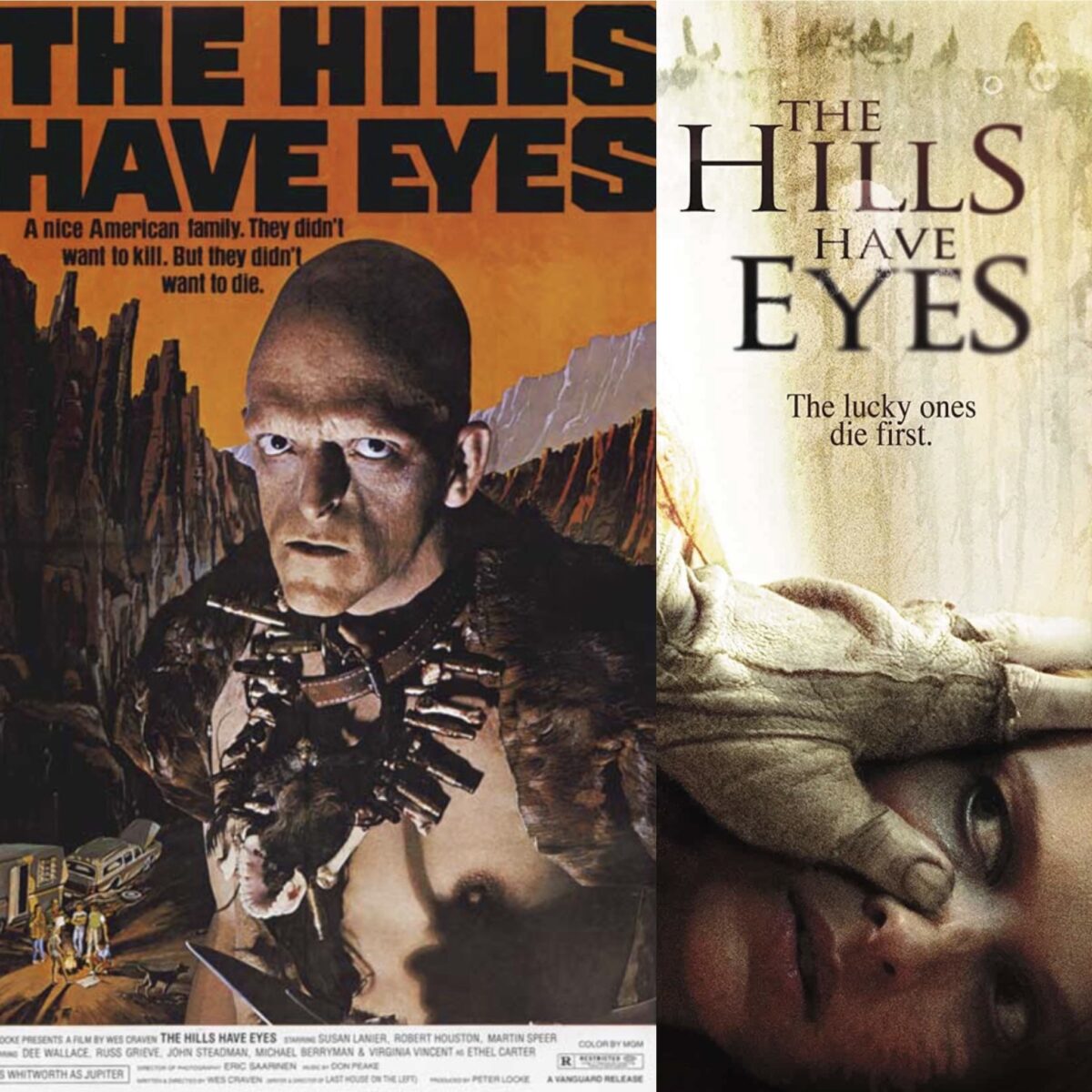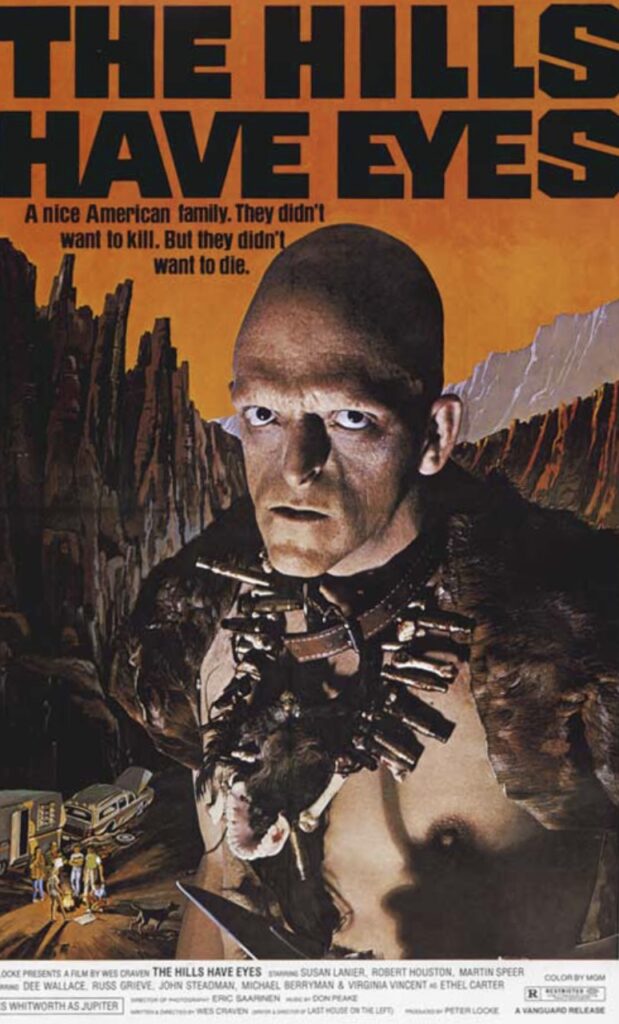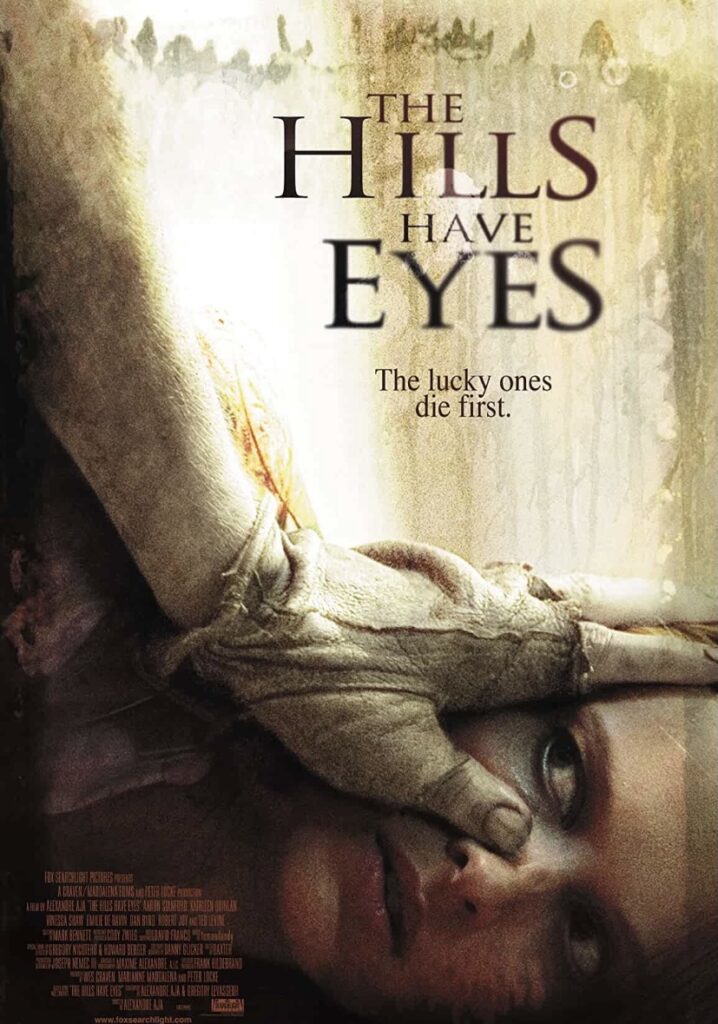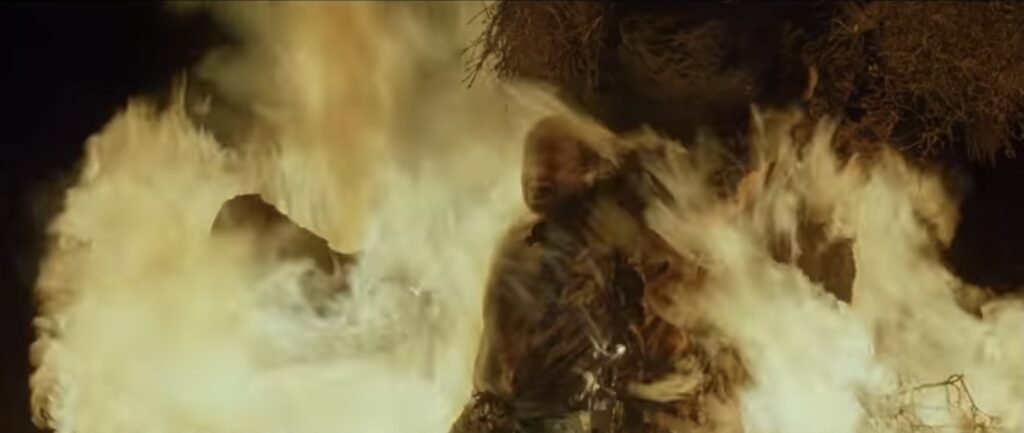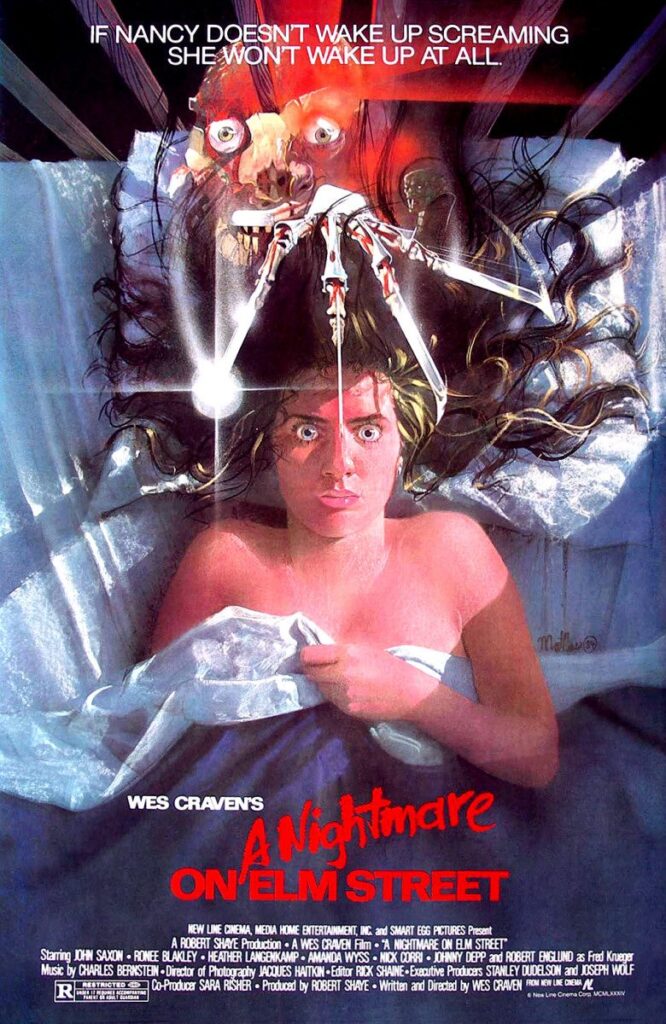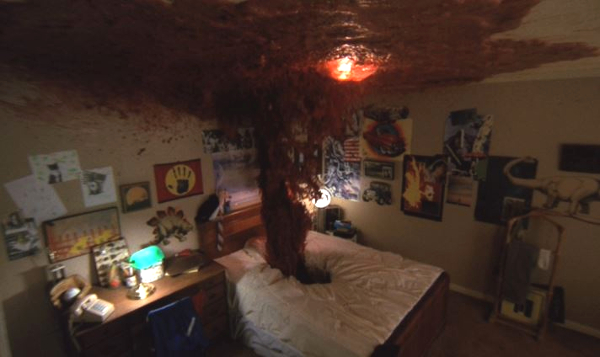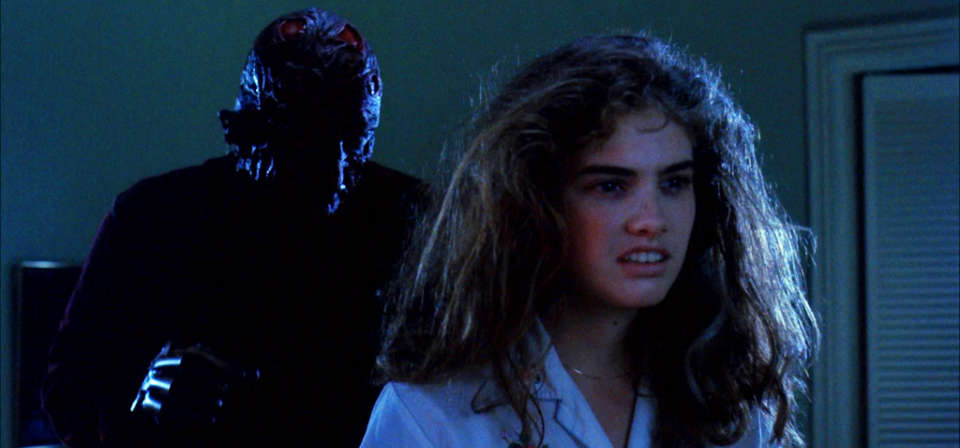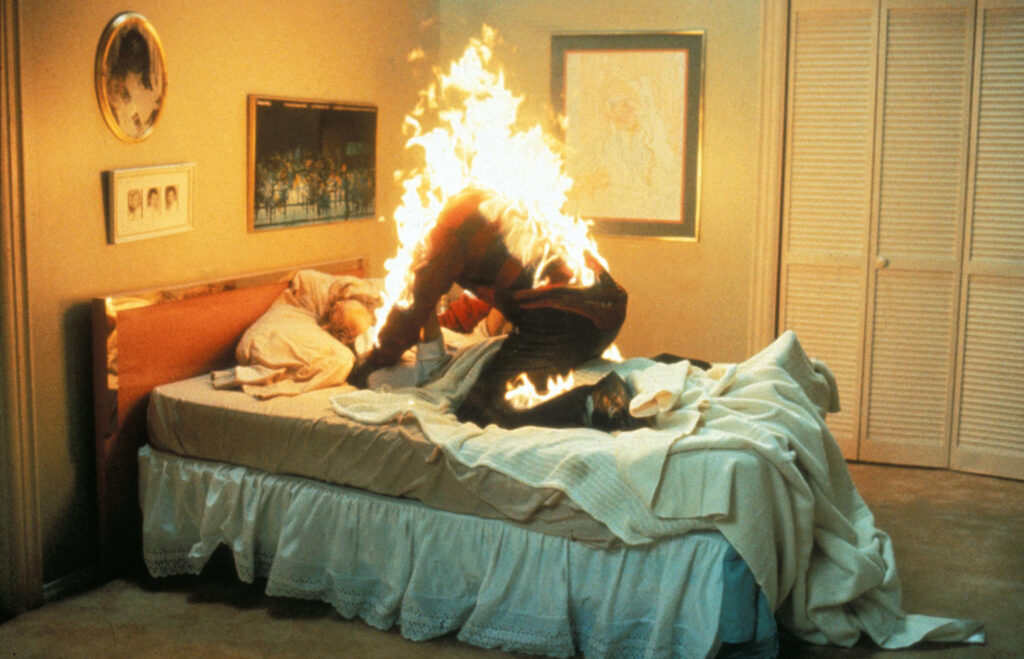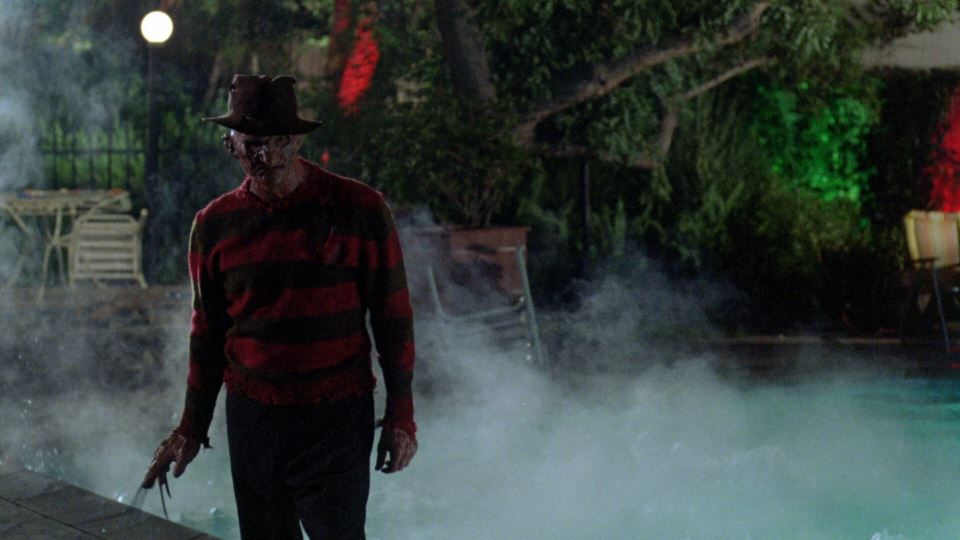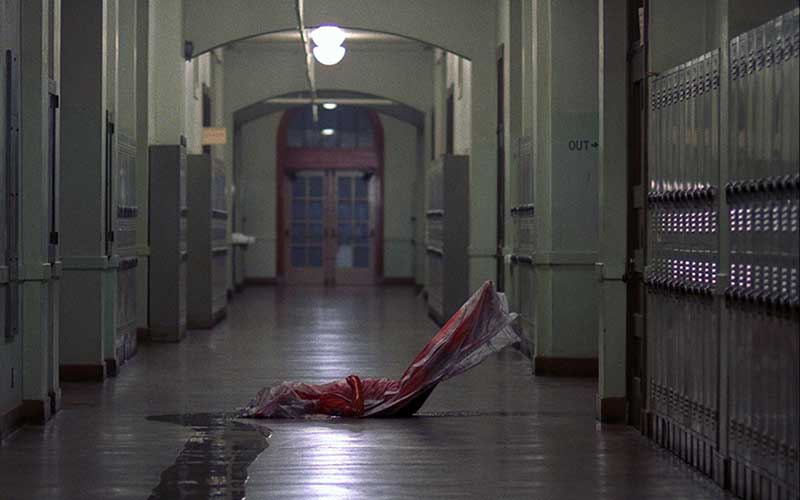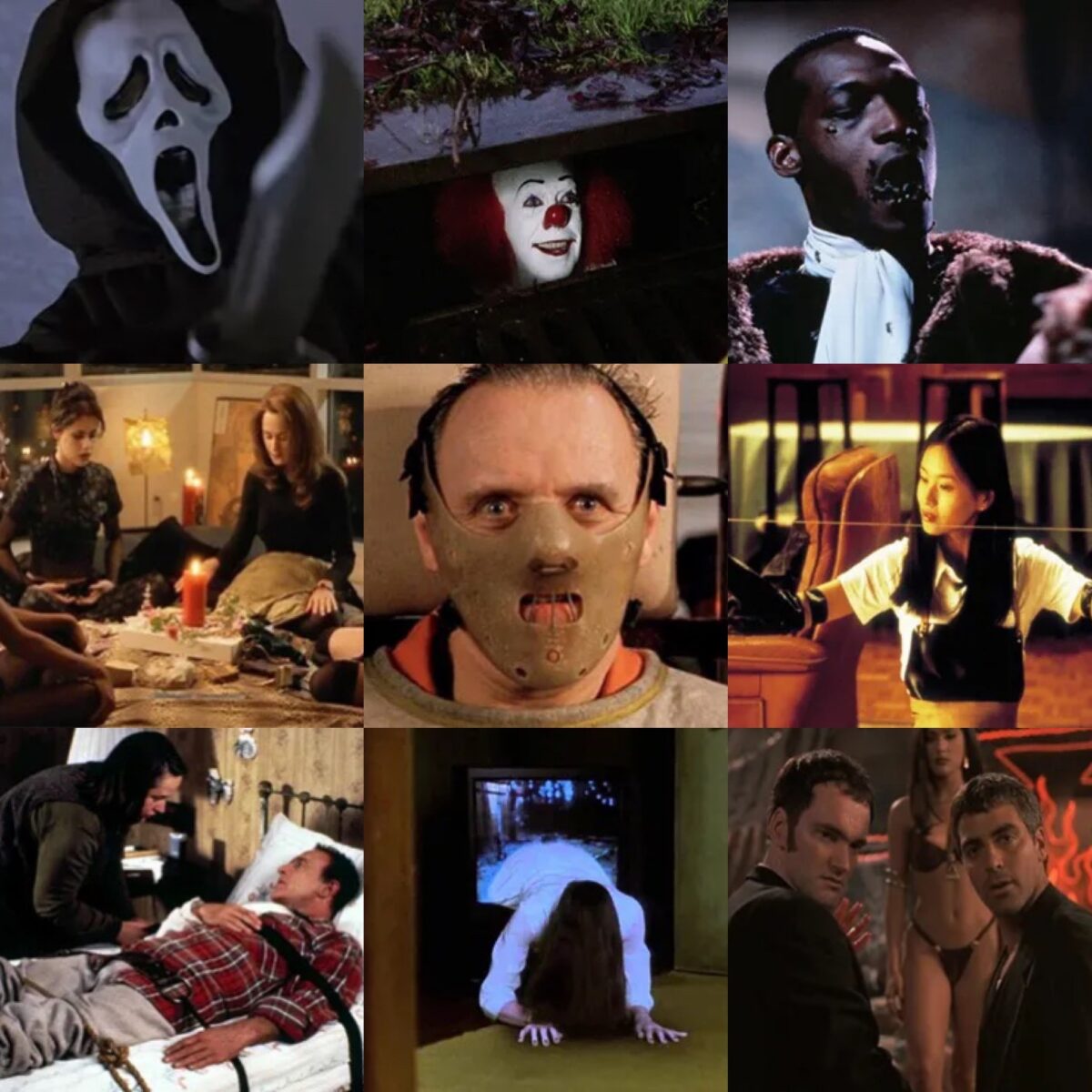Scream (2022) – Review

Dead Northern reviews the greatly anticipated fifth instalment in the slasher film series below.
There are SPOILERS AHEAD, you have been warned!
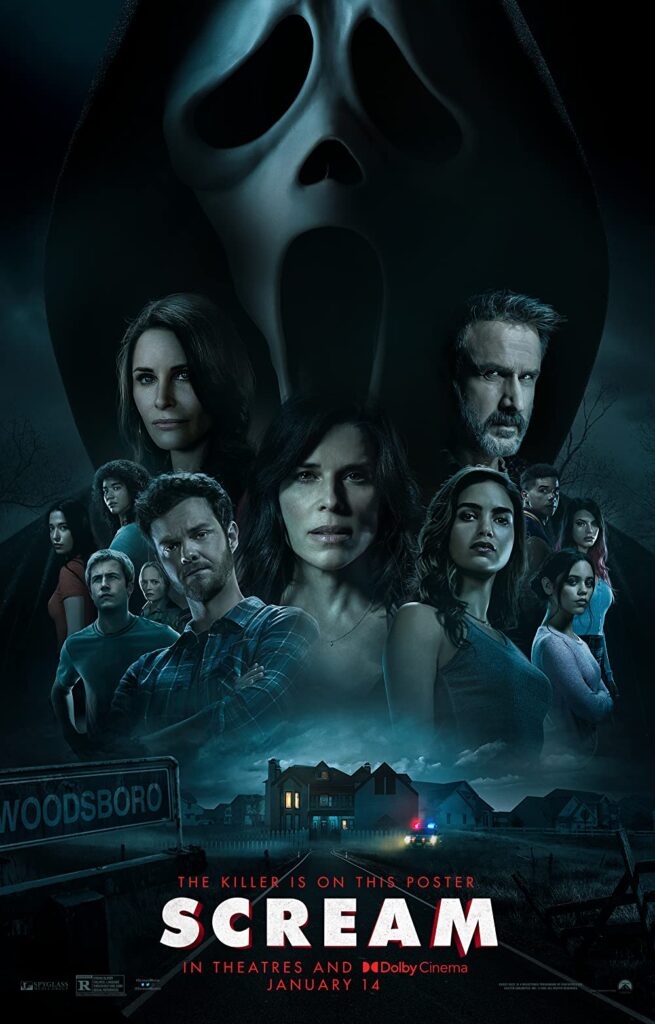
One fateful night Tara Carpenter (Jenny Ortega) is all alone at home texting her friend Amber (Mikey Madison), convincing her to come over. But all of a sudden the landline starts ringing, at first the slightly off-kilter banterfull conversation is innocent, that is until we hear that iconic low, scratchy octave ask Tara “would you like to play a game?”. And just like that Scream is BACK!
In 2019 when filmmaking duo Matt Bettinelli-Olpin and Tyler Gillett announced that they would be taking the bull by the horns and brazenly tackling the fifth instalment in the Scream franchise, many fans were beyond thrilled that Ghostface would be continuing their rampage. The man, the myth, the legend Wes Craven who created the franchise sadly passed away in 2015, leaving behind an unbeatable legacy. Could Scream even continue without the helm of Craven? Well, let’s find out…
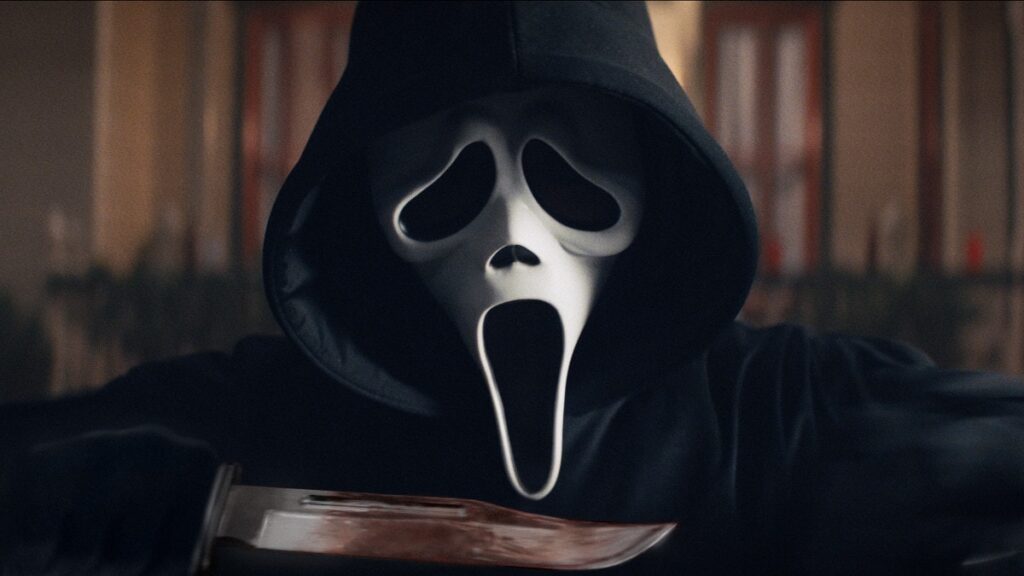
After twenty-five years since a string of savage murders erupted in the small town of Woodsboro, a new villain takes on the identity of Ghostface, leaving a bloody trail amongst the unlucky residents. Scream’s next generation serves a purpose. They are all connected to previous characters, including Woodsboro’s own movie expert Randy Meeks (Jamie Kennedy), Sheriff Judie Hicks (Marley Shelton), and everyone’s favourite partners in crime, Stu Macher (Matthew Lillard) and Billy Loomis (Skeet Ulrich).

The original Scream jostled with the postmodern boom that 1990s films thrived in. It’s this combination of self-referential treatment mingling with meta-cinema that facilitated the quick ironic humour that the franchise is known for. Across the previous films, every joke about sequels, franchises, fandoms, actors, and the Hollywood cycle has been done. Nothing else could possibly be added. Here’s where writers Guy Busick and James Vanderbilt regenerated the already embellished one-liners. Many of the filler characters have extensive movie knowledge, allowing for hysterical tirades about how devoted horror fans don’t want increasingly popular “requels” (reboot-sequel) to be a stand alone story with no continuing context- à la Black Christmas (2019); alternatively, franchise-enthusiasts want a connection to an original legacy. Just as Amber states “you can’t have a bonafide Halloween without Jamie Lee”.
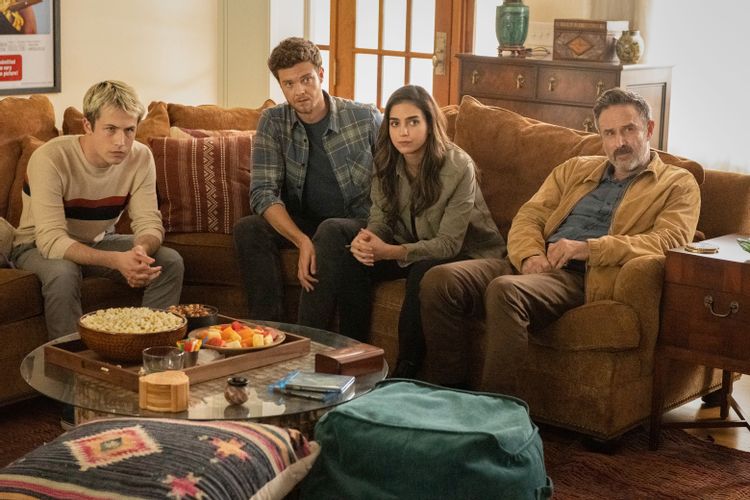
The film exchanges with the audience directly, transfusing the fourth wall with reality. These rants about movie rules are precisely aimed at the viewer, making quips about how obsessive diehard fans are to please. Almost digging at those who’d immediately shun this new entry before even giving it a chance. Of course, many chuckles were had at the numerous easter eggs and mention of the fictional in-house ‘Stab’ movies, but the film’s strength doesn’t derive from the humour which will eventually fade after a couple of watches, instead the cardinal prizewinner is the unyielding brutality of the kills. Throughout all five films, this one takes the lead as the most shockingly savage and graphic film to date. Casey Becker (Drew Barrymore) has one of the franchise’s gnarliest deaths. Whether or not she can continue to hold the top spot is now another issue. Ghostface slices and dices their way through bodies with ease, not holding a single ounce of remorse, nor does the camera shy away from the direct insertion of their gleaming hunting knife.
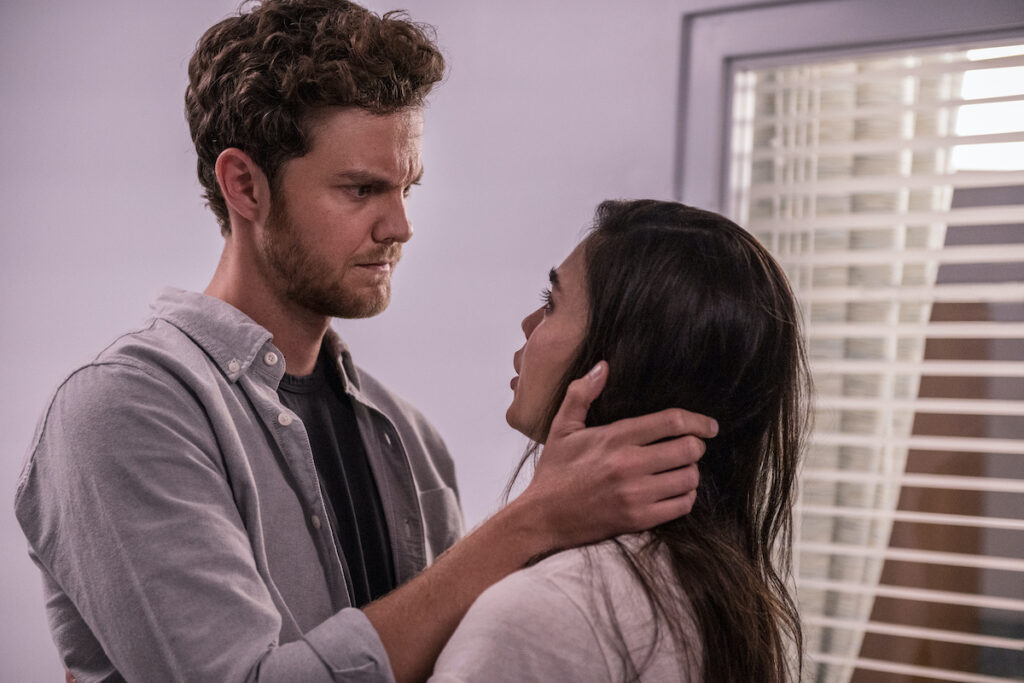
As delightful as it was to see Sidney (Neve Campbell), Dewey (David Arquette), and Gale (Courteney Cox) step back into their stomping grounds, the film’s main protagonist Sam who was fantastically portrayed by the very talented Melissa Barrera was indeed a breath of fresh air. Her natural ability to be both vulnerable and fiercely strong allows her to stand beside the genre’s greatest final girls with ease. Joining Barrera is her on-screen boyfriend Richie Kirsch, played by Jack Quaid, who is the receiver of the film’s best jokes by far. Lurking alongside the stellar performances is the factor of unexpectedness. Not a single soul is safe. Scream isn’t the first and last franchise that sheds characters as and when needed, however Bettinelli-Olpin and Gillet truly don’t have a whiff of compassion at all for who gets to survive and who gets to die. The ever looming threat of death loiters over every character’s head, legacy or not…
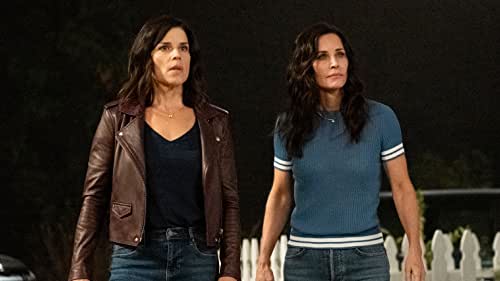
Much praise has seen the light of day in regards to the film. Yet, there does seem to be a general critique floating around about the lack of scares. Horror is subjective, there’s no denying that. What works for one person will almost never work for the next, but within the last couple of decades, horror has evolved and changed. As controversial as it is, horror cinema does not have to make your blood run cold or have you quaking in your boots to be considered ‘good’ anymore. Scream raises the threat level and creates admirable tension, despite the fact that it didn’t have me terrified to turn the lights off. Although the 1996 original did give me the ‘heebie jeebies’, it wasn’t intended to be blood-curdling terrifying.
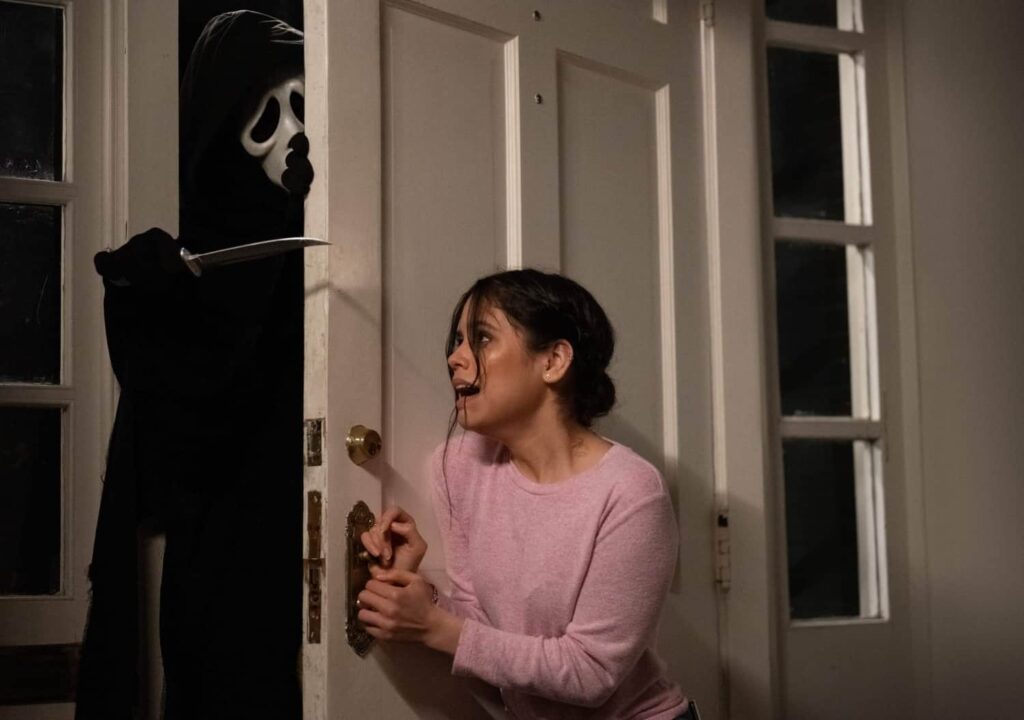
This instalment playfully mocks pestering film bro’s who mention the term that makes my eyes roll- “elevated horror’. When asked what her favourite scary movie is, Casey replies with John Carpenter’s infamous Halloween (1978), whereas Tara answers with The Babadook (2014), a fantastic film in its own right. But what comes next is Tara’s betrayal of the genre. She disavows typical horror as pure schlock and guts. Almost directly commenting on how elevated horrors wouldn’t stoop to the level that slashers do, opting instead for emotionally developed, politically enamoured narratives.
It is with this boldness and knowingly critical lens that Bettinelli-Olpin and Gillett shine. They know how to rinse inside genre jokes and make fun of their own attempt of recycling an already perfect classic. The Scream franchise has always managed to tiptoe between not taking itself too seriously, whilst still not becoming a total parody. Scream (22) captures this essence with ease, making it a solid and welcomed entry into horror’s most unique franchise.

